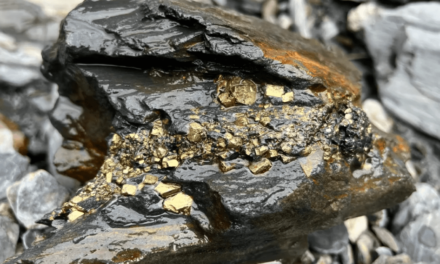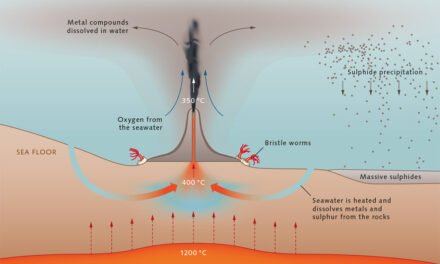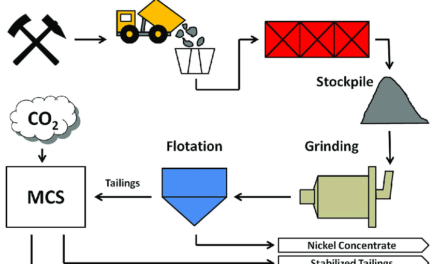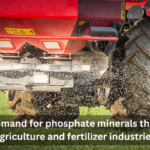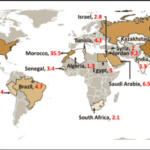Introduction
Halide minerals, including halite (NaCl), sylvite (KCl), fluorite (CaF₂), and cryolite (Na₃AlF₆), are essential for industries such as food production, agriculture, metallurgy, and chemical manufacturing. However, their extraction and processing pose several environmental risks, particularly concerning water contamination, habitat disruption, air pollution, and waste management.
This article explores the key environmental concerns associated with halide mineral extraction and highlights effective mitigation strategies to promote sustainable mining practices.
1. Major Environmental Concerns in Halide Mineral Extraction
A. Water Contamination and Saline Runoff
- Issue:
- Solution mining for halite and potash injects water into underground deposits, dissolving minerals into brine. Improper disposal can contaminate groundwater.
- Open-pit mining of fluorite and cryolite generates waste that can leach into nearby water sources.
- Evaporation ponds used for salt extraction can lead to high-salinity discharge into ecosystems.
- Environmental Impact:
- Increases soil and water salinity, harming plant life and freshwater supplies.
- Threatens aquatic ecosystems by altering pH levels and increasing sodium and chloride concentrations.
B. Land Degradation and Habitat Loss
- Issue:
- Open-pit and underground mining for fluorite, cryolite, and rock salt disturb large areas, leading to soil erosion, deforestation, and habitat destruction.
- Subsidence risk in solution mining areas can cause ground collapse, affecting infrastructure and ecosystems.
- Environmental Impact:
- Loss of biodiversity due to destruction of plant and animal habitats.
- Desertification risk in arid regions due to soil salinity buildup.
C. Air Pollution and Dust Emissions
- Issue:
- Salt dust and fluorite particles can be released during crushing, transportation, and processing, causing air pollution.
- Fluorite mining produces hydrofluoric acid vapors and other airborne pollutants.
- Environmental Impact:
- Health hazards such as respiratory issues in workers and nearby communities.
- Corrosion of metal structures in salt storage and transport areas.
D. Waste Generation and Tailings Management
- Issue:
- Fluorite and cryolite mining produce tailings containing heavy metals and silica.
- Brine waste from salt extraction must be properly managed to avoid ecological damage.
- Environmental Impact:
- Toxic tailings storage can pose long-term contamination risks if not managed properly.
- Soil degradation occurs if mining waste is not disposed of correctly.
2. Mitigation Strategies for Sustainable Halide Mineral Extraction
A. Water Management and Pollution Control
- Brine Treatment:
- Install brine treatment facilities to remove excess salts before releasing water back into the environment.
- Use reverse osmosis and solar evaporation ponds to reclaim clean water.
- Aquifer Protection:
- Establish buffer zones around mining areas to prevent salt leaching into groundwater.
- Monitor water quality near solution mining sites with regular testing.
B. Land Reclamation and Sustainable Mining Practices
- Controlled Excavation:
- Implement progressive land reclamation—restoring mined land through reforestation, soil conditioning, and habitat rehabilitation.
- Reduce strip mining footprint by using underground extraction where possible.
- Subsidence Prevention:
- In solution mining, controlled withdrawal rates can reduce the risk of ground collapse.
- Reinforce underground voids using inert backfilling materials.
C. Air Quality Control and Dust Mitigation
- Dust Suppression:
- Use water spraying and dust collectors in mining and processing plants.
- Store mined halite and potash in covered storage units to prevent wind erosion.
- Emission Reduction:
- Install air filtration systems in fluorite processing plants to capture airborne particulates.
- Use low-emission processing technologies to reduce sulfur and fluoride emissions.
D. Sustainable Waste Management and Recycling
- Tailings Reuse:
- Recycle fluorite tailings in cement manufacturing and industrial applications.
- Convert mining waste into road construction materials or fillers for industrial processes.
- Brine Waste Utilization:
- Extract useful by-products (e.g., magnesium, lithium) from brine tailings.
- Develop closed-loop water systems to minimize brine discharge.
3. Future Approaches for Greener Halide Mining
A. Adoption of Renewable Energy in Mining
- Use solar or wind power in salt evaporation ponds and processing plants.
- Implement energy-efficient equipment in fluorite mining and flotation processes.
B. Advanced Processing Technologies
- Develop low-impact beneficiation techniques to reduce the need for chemical processing.
- Improve solution mining efficiency to extract minerals with minimal water waste.
C. Regulatory Compliance and Community Engagement
- Strengthen environmental policies and conduct independent audits of mining operations.
- Engage with local communities to ensure responsible water use and fair land restoration.
Conclusion
The extraction of halide minerals plays a crucial role in global industries, but environmental concerns such as water contamination, land degradation, air pollution, and waste disposal must be addressed to ensure sustainability.


